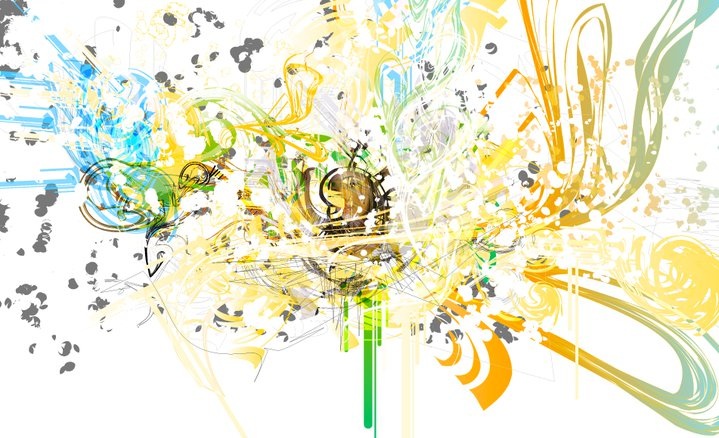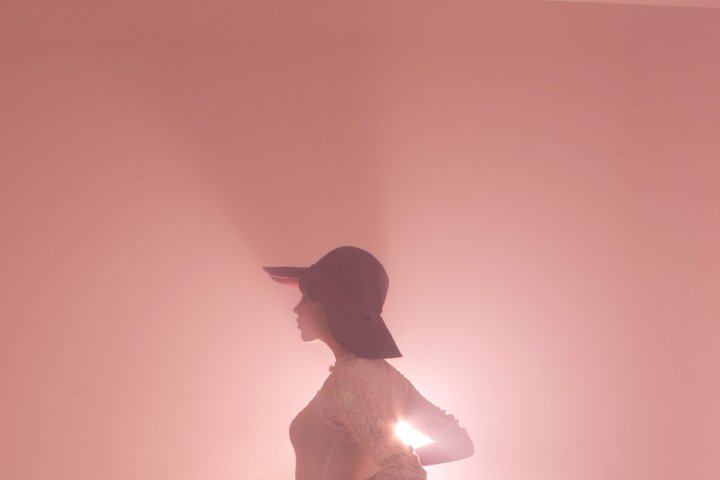A picture is worth a thousand words. Same could be said for the photographs of the Sean Watson, a multidisciplinary creative director and designer currently based in Seattle, WA. Born and raised in North Carolina, Sean has traveled far and wide while still maintaining his passion for photography. Sean specializes in fashion-inspired-portraiture, balancing his love for creating with his full time job in the corporate creative realm. Pif met up with Sean via phone and discussed everything: his childhood, his schooling, his literary inspirations, his many corporate creative careers, and even where his photographic direction will lead to in the future. Read on for full details.
Emily Frankoski: What is your hometown and where do you currently live?
Sean Watson: I was born and raised in Fayetteville, North Carolina. Spent the first 16 years of my life there and then went off to art school at the The University of North Carolina School of Art for high school. That’s where my deeper arts education really took hold. I went on from there to the School of the Art Institute of Chicago. While I was busy with school, I started a production company with my friends. We did music videos, commercials, and documentaries. I became more involved with print media, like design to be used as social commentary. I grew up in a military town and war was always in the background. My Dad was politically active and when younger, so was I.
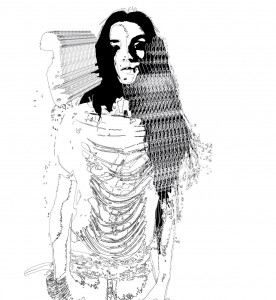 EF: So you grew up in North Carolina, traveled to Chicago for art school, and ended up in Seattle?
EF: So you grew up in North Carolina, traveled to Chicago for art school, and ended up in Seattle?
SW: No. Actually, I went from North Carolina to Chicago to Toronto, Los Angeles, Cleveland, Finland, and finally Seattle.
EF: Wow! So you have traveled a lot! What brought you each of those places? What did they offer you?
SW: Well, Chicago – I went there for school. Toronto – I moved there because I just loved it. I met this designer who was very inspiring, I had never met a creative like him before. I went there to visit him for a few weeks, fell in love with the city of Toronto, and decided to stay. After three years, I started showing work. I did a couple of group shows and then my first solo show. As a result, two other galleries picked up my work…one in New York, the other in L.A./ Santa Monica. Meanwhile I was working on my corporate creative career as an Art Director for YTV network. So really, I have always been working in multi-media. Everything from creative, to art direction, to design, to motion, to all of my fine arts stuff, which would be drawing and mixed media work. Then I moved to L.A. as an Art Director for the Disney Channel for three years. Subsequently, I became a creative consultant for NBC, CBS, UPN, WBKids, Juicy Couture Products, and ESPN. Then the recession hit, and things started to slow down. I found myself moving to Cleveland as the Art Director for American Greetings Card Company’s mobile products. I was still producing work but had retreated from showing anything because of too many politics. I guess I questioned people’s sincerity. Also, while in Cleveland I made trips back and forth to Finland for about three years. Then I became creative director for a search engine company in Seattle. That’s what brought me out here. I ended up leaving that job but decided to stay in Seattle, because I have a good thing going. I decided to put more effort into my studio work and it developed into more photo-based/mixed-media work. I set up an photo studio where I spend most of my time.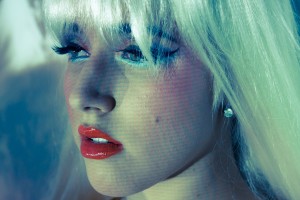
EF: So how long have you been in Seattle?
SW: About five and a half years.
EF: Were all these changes of locale unsettling to your art or something you enjoyed? How did you move around so frequently without reservation?
SW: Oh, I’ve always been like that! I mean, I grew up traveling. My Dad would always take us different places. We didn’t actually move a lot. We only moved, maybe twice, but I have always had a wanderlust and a curiosity about people. My Dad had that too and passed it on to me. Traveling around gave me a lot of independence. When I was old enough, my parents let me wander off in cities to explore on my own. I would look around, visit museums, and just meet them at a designated location at a certain time. I have always had that wanderlust.
EF: Let’s return to your time at the School of the Art Institute of Chicago. What degree did you earn there?
SW: Actually, I dropped out. I was burnt out from doing too much at one time. I needed to take a break from school…and then…I realized I didn’t want to go back.
EF: Yet you still managed to get some pretty competitive positions in the so-called “real world.”
SW: Yeah, I have always been very competitive with myself. More than anyone else I know. In high school they taught us to be very self-critical. You never rested on your laurels. You had to have reasons for what you did and why it was good before you could move on to the next project. It was a very demanding environment. It worked for some but not all kids. My graduating class consisted of 15 people and we are all still pretty tight. It really gave me solid knowledge and experience.
EF: Switching gears, how long have you been solely focusing on photography?
SW: My Dad bought my first camera when I was 13. I had asked for a camera for Christmas. He bought me a fully manual convex camera. There were no auto features at all. I had originally just wanted a little point and shoot. I was fortunate to have good neighbors that taught me how to use my camera. I think I developed my way of seeing very early. You can actually take photos from when I was 13 and compare them to the photos I take now, and see the same type of composition.
EF: So you started shooting at a very young age, took a break, and now are returning your focus to photography?
SW: It wasn’t until about four years ago I came back to photography. It was always cost prohibitive, so I did other things. When I finally got my digital camera, it was such a luxury. Digital photography is liberating because you can try a bunch of different things. All sides of that person, versus one point of view. My average shoot is about 600-900 frames. In some cases, I’ve been shooting with a person over four-and-a-half years.
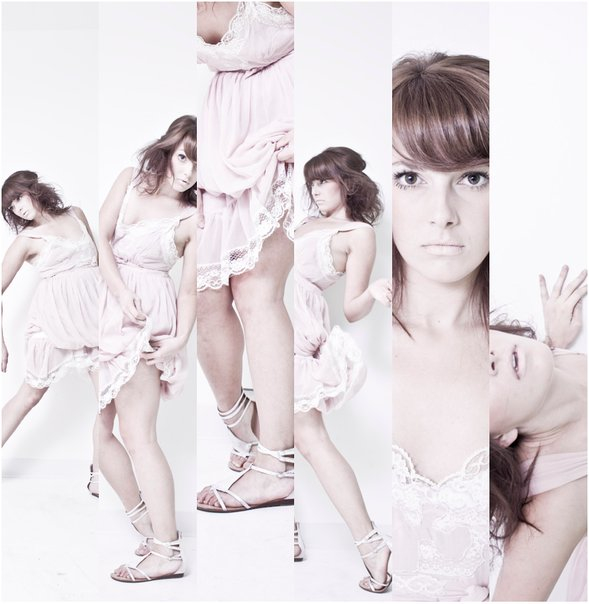 EF: Is photography currently your sole profession/full-time job?
EF: Is photography currently your sole profession/full-time job?
SW: Well, no. I am currently sharing time between working for Xbox and my personal photography. For a good three years I didn’t work on anything but photography. So I did have a period to focus just on photography.
EF: Let’s say, you are talking to someone who has never seen your photographs. How would you describe your photographic style?
SW: Now that is a hard question. What I’m trying to do is capture a part of someone’s personality. I really want to know what that person is about. Maybe I would say my photographs are “fashion-driven-portraiture.” Fashion has a huge influence on what I do, but the portraiture is what really separates my photographs from fashion photography. My photographs are not just about fantasy and fashion. They are based on revealing the people I shoot.
EF: Well, I guess this segue’s into my next question. How do you find your models?
SW: At first I tried to photograph people I knew, but that didn’t work out because Seattle is so flakey and people are weird and somewhat self-conscious here.
EF: People never like what they see in pictures of themselves! So self-critical!
SW: Well, that is not always true! If someone is dark, I shoot them that way. If someone is high energy or low I shoot them that way. As I started to build up my work people would start contacting me to do shoots with them. So really, my models have come from a combination of facebook, online, through my blog, and friends of friends. It has been pretty organic. I don’t work with a model agency because I don’t want my photographs to become part of that whole corporate creative world.
EF: So how long do typical shoots take from start to finish?
SW: Well, it could be anywhere from two to three hours…or even longer. It just depends on the person and how the shoot is progressing.
EF: Could you give me a short summary on your creative process? What inspires your photographic vision? How do you choose what to shoot?
SW: A lot of my inspiration comes from daily observation. Sometimes I see things repeating themselves again and again. Often I will just piece things together that seem interesting. In many cases, my subjects shape the shoot.
EF: When you are feeling uninspired in a current project, how do you get past that type of “writer’s block?” What is your method to overcome a lull in inspiration? Do you have any tricks you can share?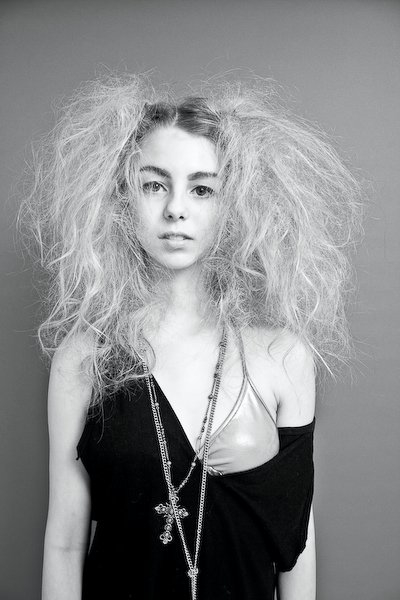
SW: As a creative person, in general, you need to know when to walk away from an idea and regroup. I personally generate so many ideas; I don’t have much trouble with that. I find more trouble in the actual execution of those ideas.
EF: How do you get people to see your work? For writer’s, they try to get “published.” What is the equivalent to that for a visual artist? Do you have your work in a gallery, magazines? Where have you shown your work?
SW: Lately, I haven’t really been putting much of my artwork out there, other than through the digital realm. This year I have planned to show a lot of work at my own studio. When I am completely happy with my work, I will look into showing at larger venues. People can sample my work on my website (http://www.swatsonphoto.com/), facebook, or on my blog. Sharing online can really get your work out there.
EF: Sometimes great literature inspires art and sometimes great art inspires literature. Does literature ever serve as your muse?
SW: Definitely! James Baldwin immediately comes to mind. He’s a writer from the 40s-70s. He was a black writer who spoke plainly about his experience, the black experience of growing up in America. I actually have a series of works that are my homage to him, called “Fire,” inspired by his book The Fire Next Time.
EF: Do you tell stories with your photographs?
SW: Yeah, my work definitely has a narrative. I like to tell stories that are conversational. Like a great short story, the action happens so quickly and it suddenly ends. Hopefully you keep thinking about the subject from your own point of view. I like to give direction but enough space for people to individually interpret.
EF: Do you prefer taking photographs of women, men, children, pets, landscapes, etc?
SW: The majority of my photographs include women, so I guess that is the answer. Women are just more interesting to me. I am very interested in what is behind that feminine mystique. I was raised a feminist. I can’t just photograph a woman because she is pretty; there has to be something deeper that catches my eye.
EF: I see on your website that you focus on portraits, fashion, lifestyle, and artistic photographs. Which is your favorite style to shoot?
SW: I don’t know if I have a favorite. But I really enjoy portraiture and lifestyle. Lifestyle is more of just a category that describes documenting un-manipulated life.
EF: Describe how you felt when you first decided to do art and how it makes you feel now.
SW: I have really grown from doing a variety of different projects and my point of view has definitely evolved. I am always searching for something new.
EF: What do you plan to do next with your art/are you working on any new projects?
SW: Yeah, I have a new project that I am just starting that I can’t really talk about. It will be something that goes out a couple times a month digitally. Just a little burst of creative in the middle of the month.
EF: So basically, you are working on a mystery project?
SW: Yep. Just keep your eyes out for it!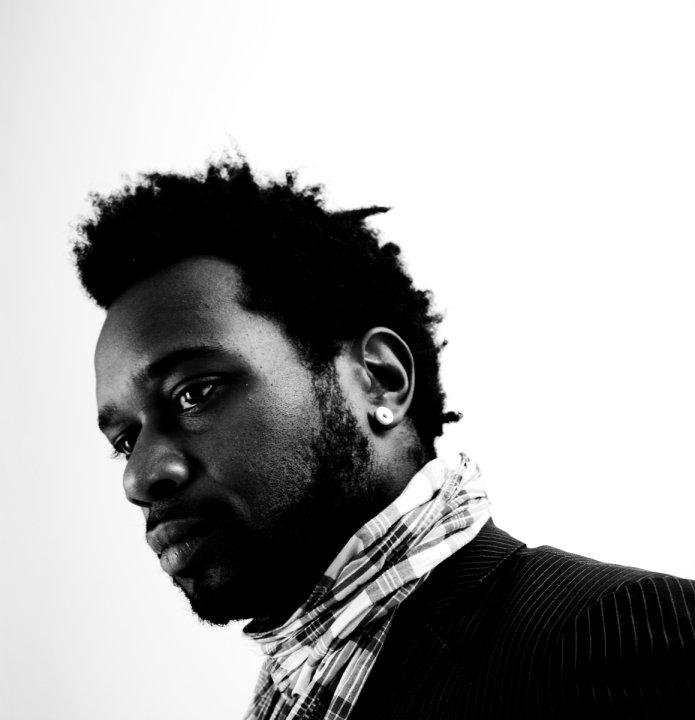
EF: Great, I love a good mystery! I won’t ask any more about that project so we can keep it a surprise for your fans. In other news, do you sell your photographs and if-so, what’s the price-range?
SW: Right now I am just getting into that realm. I am currently talking to a silk-screener so I can eventually make silk-screen prints of my work that will probably sell for $50-$100 each, depending on size.
EF: If you had to pick one of your pieces that best describes who you are as an artist, which one would it be and why?
SW: Oh man, I don’t even know. I don’t think I have created that piece yet! One of my favorites would probably be under lifestyle photography on my website (http://www.swatsonphoto.com/). It’s just a really great moment of a group of people that look surprised in an apartment. It is spontaneous and captures the moment perfectly.
EF: Who is/are your favorite artist(s) and what is your reason for liking them?
SW: My favorite artist would be Romare Bearden. He used collage, paint, and mixed-media at a time when no one else was doing that. He was documenting the black American experience in his work. It was during the Harlem Renaissance. Definitely a trailblazer for his time.
EF: What is the best piece of advice you have received from a mentor/friend/parent/idol?
SW: To follow your passion. Just follow your passion and don’t be afraid.
EF: How do you continue to grow as an artist and how often do you take photographs?
SW: I shoot anywhere from three to five times a week. I’m always open and observing. Right now my main thing is photography, but over time maybe I will return to doing more mixed-media work. It’s really whatever is pulling me at the time. The main thing that helps me grow is to continue being open, which creates new possibilities.
EF: In your thinking, how do literature and visual arts relate? Are they mutually exclusive or enhancing?
SW: They definitely have an influence on one another. We use words to describe things. And we describe things most effectively in a visual way. I think they go hand in hand.
EF: What is your favorite book?
SW: My favorite book is called “If Beale Street Could Talk” by James Baldwin.
To see more from Sean Watson, check out:
http://issuu.com/creativeisvital/docs/peerpressure_10.31.09?mode=window&backgroundColor=%23222222
http://cargocollective.com/seanthomaswatson/The-Fire-This-Time
